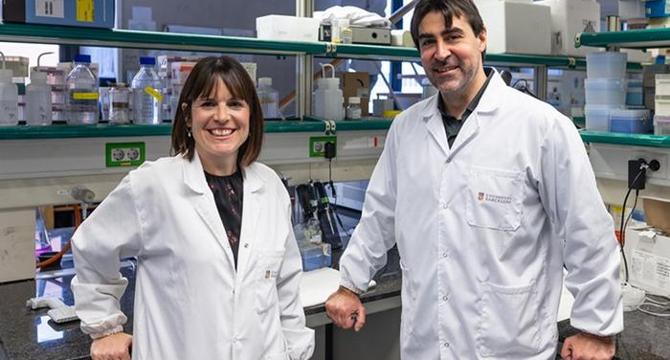Bioengineer
1M
375

Image Credit: Bioengineer
University of Barcelona Researchers Unveil Mechanism for Targeting and Eliminating Harmful Cells in Cancer Therapy
- Researchers from the University of Barcelona have uncovered a molecular mechanism that could pave the way for targeted therapies to eliminate cancer’s problematic senescent cells
- Senescent cells are cells that arise post-chemotherapy or radiation therapy which are defined by their inability to divide however still remain metabolically active
- The survival of these cells significantly complicates cancer treatment regimens, as they hinder recovery and could even contribute to tumour recurrence
- BCL-2 family of proteins played a pivotal role in regulating cell death in this study
- Researchers discovered that the BCL-XL protein, an anti-apoptotic protein had increased presence and activity in senescent melanoma cells, revealing a vulnerability that could be exploited for therapeutic gain
- The researchers identified compounds with senolytic activity such as A-1331852 and navitoclax that could target and eliminate senescent cells with vulnerabilities identified in the BCL-XL protein
- Researchers found that levels of HRK protein decline during the induction of senescence, thereby freeing BCL-XL to carry out its protective role
- The researchers express optimism that the identification of key molecular interactions will catalyze the development of innovative therapies aimed at eliminating senescent cells, ultimately improving the therapeutic landscape for cancer patients
- The research is not just limited to oncology-cell death mechanisms, but also has implications for aging-related diseases
- The study's findings open the door for the development of broad-spectrum strategies to combat multiple cancer forms
Read Full Article
22 Likes
For uninterrupted reading, download the app